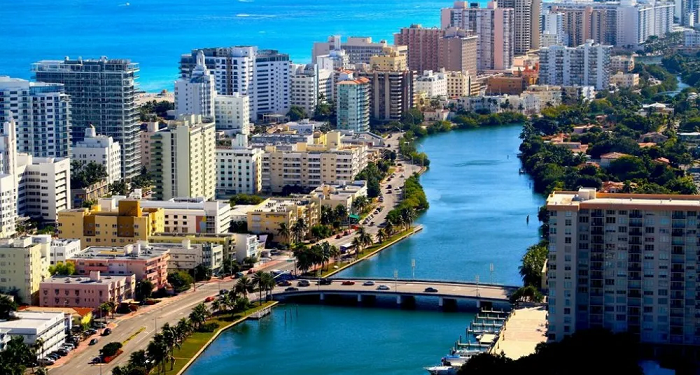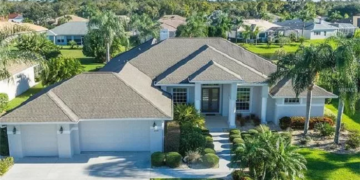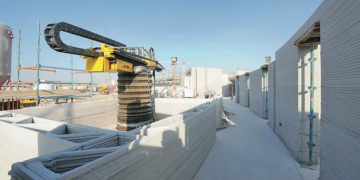Green building is a method of constructing and operating buildings with minimal impact on the environment. In another way, this method is called green construction, as well as sustainable construction.
Green construction includes ICF technology (Insulating concrete forms) – insulating concrete forms, which are formwork made of granulated polystyrene foam. This technology was first patented in the United States in the late 60s of the last century.
Concrete forms are panels/blocks made of high-density polystyrene foam from which external walls are constructed. At the same time, steel reinforcement is installed horizontally or vertically, thus creating an internal frame. Next, the builders pour concrete inside the assembled structure. Its thickness is 10–20 cm. The combination of steel, concrete and polystyrene foam creates a very durable and energy-saving structure.
The goal of green building is to reduce the level of consumption of material and energy resources during the life cycle of the building. Sustainable construction has less of an impact on the environment than other technologies.
The characteristics of green building are:
- use of recycled materials;
- minimal fuel use;
- transition to renewable energy sources;
- monitoring air quality in the building;
- economical energy consumption;
- reuse of collected purified water;
- solid waste management;
- adaptation of structures to changing conditions;
- use of materials with a long service life;
- absence of toxic substances;
- minimizing health risks.
The main advantages of green building from an environmental and economic point of view are:
- Vapor barrier of surfaces. ICF walls do not allow moisture to pass through, which keeps rooms cool. For this reason, equipment such as air conditioners work less to cool rooms, which reduces energy consumption. Numerous studies show that the technology can reduce energy consumption by up to 70%.
- Wall construction and roof insulation prevent allergens, air pollutants, dust, mold and pollen from entering the structure.
- Reinforced concrete walls with polystyrene foam insulation protect against external noise.
- Sustainable buildings use an enthalpy wheel to cool the air in rooms and reduce energy consumption.
The materials from which the house is built are certified as green and do not emit toxic substances during operation. - In eco-friendly designs, rainwater is collected and stored in large containers. This reserve is used to water plants, flush toilets, and so on.
- Buildings built using ICF technology are resistant to tornadoes and hurricanes, earthquakes and floods.
- This technology reduces construction costs and thus reduces the cost of houses.
Developers who construct green buildings are awarded LEED certification. The document was developed by the American Green Building Council. To date, hundreds of detached homes and multi-family residential complexes have been developed in Florida under this certificate.











